Evidence of Roman Occupation in Wanborough
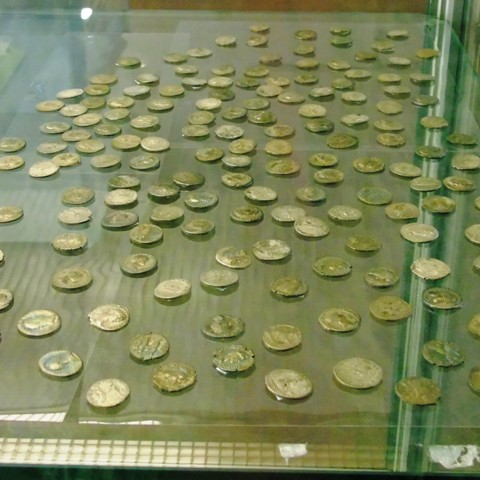 The earliest evidence for Roman occupation in and around the Wanborough was
the discovery of 2000 Roman coins by John Aubrey in 1690. Over a century
later, Richard Colt-Hoare (incorrectly) named a settlement in the area as
Nidium. However later, A. D. Passmore suggested that the settlement could
have been Durocornovium, as listed in the Antonine Itinery, the
Roman equivalent to a road atlas for all major routes in the Empire. It
wasn’t until the 1970s when Durocornovium was excavated. In this
excavation, done prior to the construction of the A419 by-pass, uncovered
the hidden history of the site for us to discover.
The earliest evidence for Roman occupation in and around the Wanborough was
the discovery of 2000 Roman coins by John Aubrey in 1690. Over a century
later, Richard Colt-Hoare (incorrectly) named a settlement in the area as
Nidium. However later, A. D. Passmore suggested that the settlement could
have been Durocornovium, as listed in the Antonine Itinery, the
Roman equivalent to a road atlas for all major routes in the Empire. It
wasn’t until the 1970s when Durocornovium was excavated. In this
excavation, done prior to the construction of the A419 by-pass, uncovered
the hidden history of the site for us to discover.
The site itself has a history that spans many centuries. There is a little evidence of human settlement that pre-dated the Romans. The earliest estimate of Roman occupation was in the mid to late first century AD roughly between the reigns of the Emperors Nero and Vespasian, and is suggested to be a military occupation based on the limited finds, which were all linked to Roman military activity. It was 20+ years later at the beginning of the 2nd century AD when civilian occupation appears. In this period, many new buildings, including the mansion was built. Over the next two centuries the settlement expanded to be a small, but thriving Roman settlement.
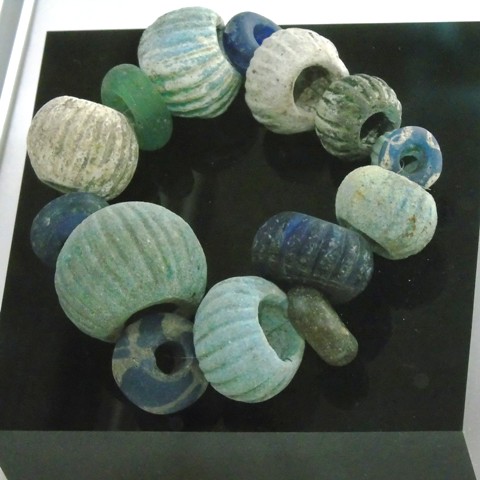 There are many interesting finds that indicate what Durocornovium was like
and its function. The major find was a mansio, which is a building
for Roman officials to rest in when travelling across Britain and the wider
Roman Empire. The presence of this mansio does indicate that
Durocornovium was held in some importance, to be an official stopping point
for people travelling on empire business. Other finds in the area indicate
that Durocornovium was more likely a craft-focused settlement than a
farming community, as 24 tools associated with wood and metal crafts were
found as opposed to the 9 tools linked to agriculture. Literacy in the
settlement was either seen as important or higher than average due to the
high number of styli (writing instruments) found. Other personal
items like hair pins, jugs and gaming pieces have also been found at the
settlement. Lastly, 25 human remains, 19 buried and 6 cremations were found
to the west of the settlement. The bodies were of a mix of male and female,
and were from a range of ages, however no causes of death have been
confirmed.
There are many interesting finds that indicate what Durocornovium was like
and its function. The major find was a mansio, which is a building
for Roman officials to rest in when travelling across Britain and the wider
Roman Empire. The presence of this mansio does indicate that
Durocornovium was held in some importance, to be an official stopping point
for people travelling on empire business. Other finds in the area indicate
that Durocornovium was more likely a craft-focused settlement than a
farming community, as 24 tools associated with wood and metal crafts were
found as opposed to the 9 tools linked to agriculture. Literacy in the
settlement was either seen as important or higher than average due to the
high number of styli (writing instruments) found. Other personal
items like hair pins, jugs and gaming pieces have also been found at the
settlement. Lastly, 25 human remains, 19 buried and 6 cremations were found
to the west of the settlement. The bodies were of a mix of male and female,
and were from a range of ages, however no causes of death have been
confirmed.
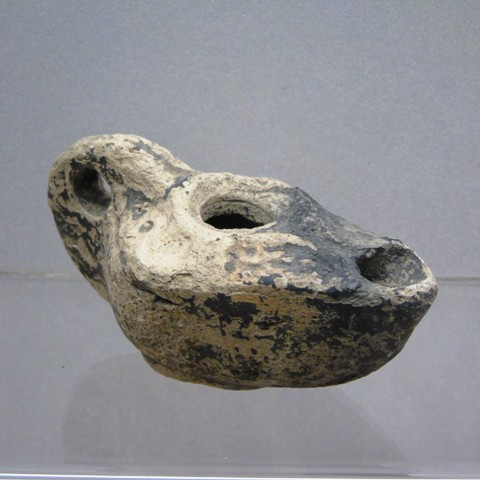
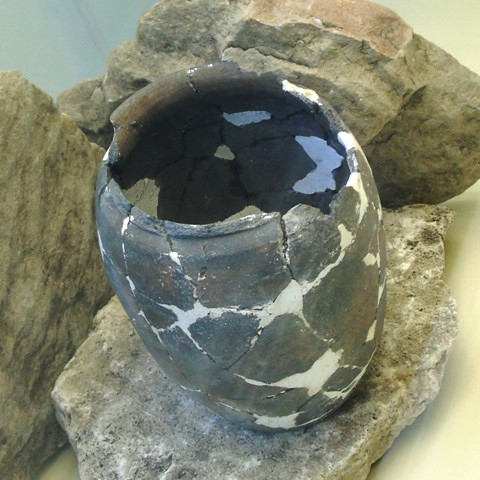
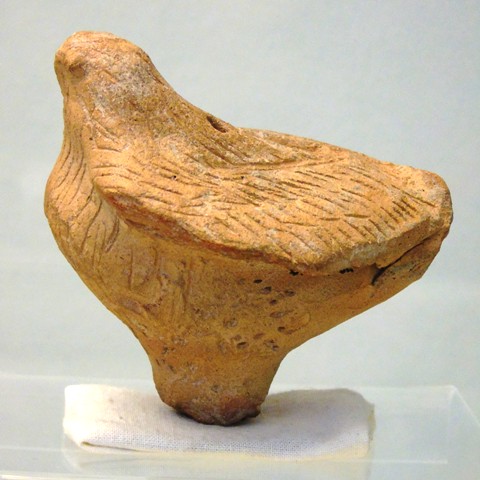
Many of the objects found from Durocornovium can be found in Swindon Museum, which holds over 100 boxes of finds so far. Excavations for the road and canal extension further south west of Durocornovium have also brought to light a smaller site of Roman occupation which, at the time of writing, was still being investigated.

